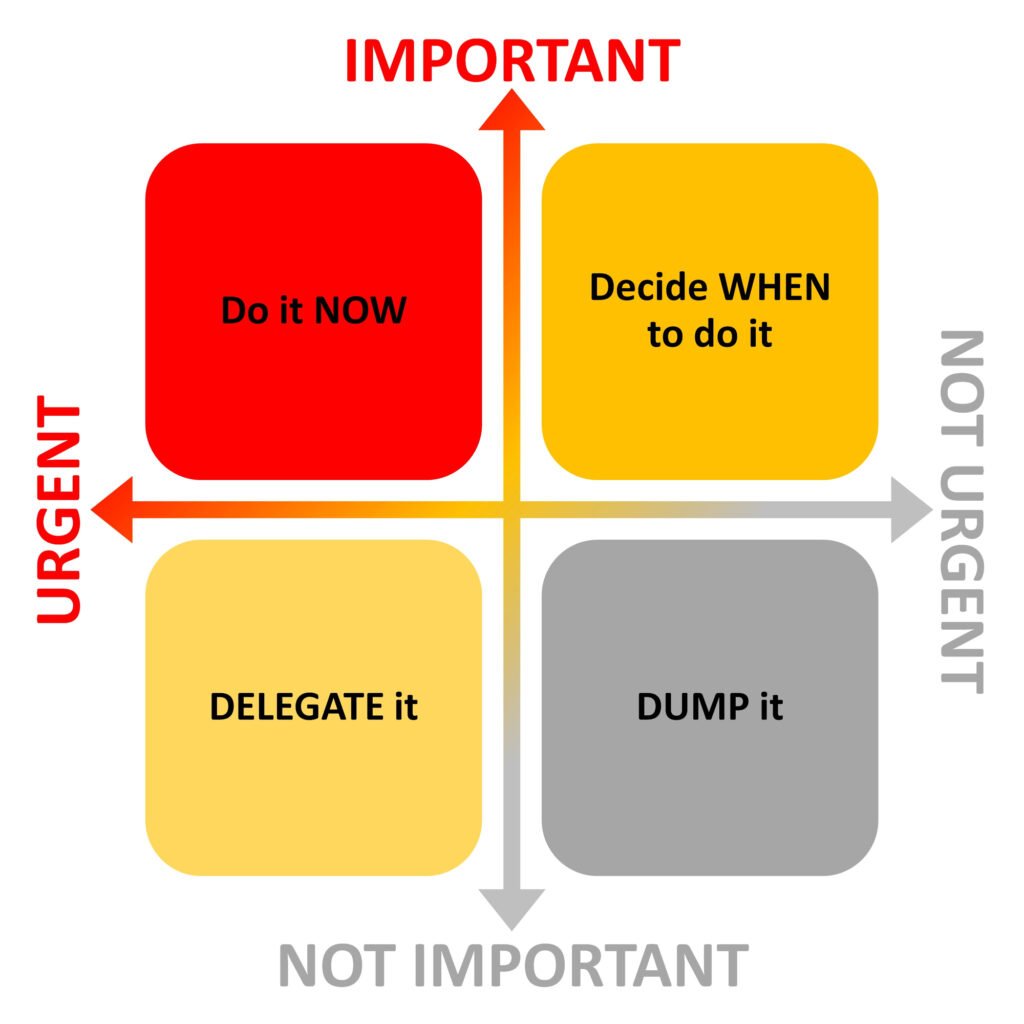
Embarking on a journey to create your best life is a process that intertwines self-discovery, strategies and actionable steps. It’s about aligning your daily actions with your deepest values and aspirations. Recognizing the need between happiness, fulfillment and goal accomplishment is pivotal.
In this pursuit, it’s essential to employ strategies grounded in Positive Psychology and Goal Achievement. Engaging in interactive exercises and quizzes that prompt reflective thinking can be instrumental in setting precise life goals.
Exploring the scientific research on goal setting and well-being is an effective way to start.
Living your best life is an ongoing commitment to nurturing your physical and mental health. Understanding that self-care is not a luxury, but a necessity. You’ll want to adopt habits that enhance your vitality and fortify your mental resilience while you create your best life. Getting active and embracing wellness as a lifestyle choice paves the way for not just surviving, but thriving.
Strategies to Create Your Best Life
I think it was Steven Covey who said to start with the end in mind. Crafting a clear personal vision is foundational to charting a path toward the life you want. It involves introspection, setting clear objectives, and visualizing the journey.
Understanding Personal Core Values
Your core values are the compass that steers your decisions and actions. They are essential to defining a vision that truly reflects who you are.
Start by listing your core values—such as integrity, creativity, or compassion—and consider how these can shape your life’s trajectory.
For instance, if ‘education’ and ‘helping others’ rise to the top, your vision may involve roles in teaching or philanthropy.
Setting Long-Term Goals
Goals offer milestones on the road to fulfilling your vision. Set long-term goals that are both aspirational and attainable.
Use the SMART criterion to formulate goals: Specific, Measurable, Achievable, Relevant, and Time-bound.
A long-term goal may be to “complete a professional certification in graphic design within two years,” grounding your broader vision for a creative career.
Visualizing Success
Visualization is a powerful tool for keeping your vision vivid and actionable. Imagine the future you desire in vivid detail: what does it look like, feel like, and how do you behave within it?
Envisioning success can manifest in various ways, like picturing yourself leading a team or celebrating a personal achievement.
This mental practice helps to solidify your vision and maintain focus on your objectives.
Planning Your Journey
When implementing your plan to create your best life, it’s essential to have a clear roadmap. This means setting concrete milestones and breaking down your goals into manageable steps.
Establishing Milestones
Milestones are key achievements on the path to your ultimate objectives. They serve as progress markers and motivation boosters.
For instance, if your goal is to run a marathon, your milestones could include completing a 5K, a 10K, and a half marathon beforehand.
It’s crucial that your milestones are specific and time-bound.
Breaking Down Goals into Actionable Steps
Once your milestones are in place, you’ll need to divide each goal into actionable steps.
This involves creating a detailed plan of the tasks required to reach each milestone.
Keep in mind, action steps should be realistic and assigned a timeframe to encourage steady progress.
- Define each task clearly.
- Prioritize tasks to structure your plan effectively.
- Track your progress to maintain focus and adjust as needed.
Executing Your Plan
Once your life plan is in place, transforming it into action is crucial. This section walks you through practical strategies for time management, methods for overcoming procrastination, and ways to adapt to changes and setbacks.
Time Management Strategies
Your time is invaluable and managing it effectively can make a significant difference in executing your life plan.

First, consider implementing the Eisenhower Box, which helps you categorize tasks by urgency and importance, ensuring that you focus on what truly moves you forward.
Secondly, practice batch processing to group similar tasks together, minimizing distraction and increasing efficiency.
- Urgent and important tasks: Do these first.
- Important, not urgent: Set a deadline and do them next.
- Urgent, not important: Delegate if possible.
- Neither urgent nor important: Consider dropping these.
Overcoming Procrastination
Procrastination can derail your best intentions.
To combat this, try the Pomodoro Technique, where you work in short bursts followed by breaks. Typically, you work for 25 minutes, then take a 5-minute break. This can improve focus and make larger tasks feel more manageable.
Additionally, create accountability by sharing your goals with peers who can encourage you to stay on track.
- Work: 25 minutes
- Break: 5 minutes
- Repeat: 4 times then take a longer break
Adapting to Changes and Setbacks
Expect the unexpected. Adjusting your life plan as things change is normal and healthy.
Practice regular review sessions for your plan, which can be monthly or quarterly, to assess progress and make necessary adjustments.
When faced with setbacks, use them as learning experiences to bolster your resilience. Maintain a flexibility mindset to better navigate the unexpected curves on your life journey.
Measuring Progress
Tracking your progress is essential for staying motivated and making necessary adjustments. Establish clear metrics for each of your goals, and regularly assess where you stand.
For example, if your goal is to save money for a down payment on a house, track your monthly savings and compare it to your target.
Celebrate your achievements along the way, no matter how small. Acknowledging your progress helps maintain momentum and reinforces positive habits.
Consider rewarding yourself when you hit significant milestones. This could be treating yourself to a favorite activity or purchasing an item that aligns with your goals.
Maintaining Balance and Well-Being
As you work towards your best life, don’t forget the importance of balance and self-care. Ensure that your pursuit of goals doesn’t come at the cost of your physical, mental, or emotional well-being.
Make time for activities that bring you joy and help you recharge. This could include hobbies, spending time with loved ones, or engaging in relaxation techniques like meditation or yoga.
Prioritize your health by maintaining a nutritious diet, engaging in regular exercise, and getting enough sleep. A healthy body and mind are essential for sustaining the energy and focus needed to achieve your goals.
Daily Choices + Consistent Effort
Creating your best life is an ongoing journey of self-discovery, planning, and action. By defining your vision, setting clear goals, and establishing a actionable plan, you lay the foundation for personal fulfillment.
Remember that the path to your best life is not always linear. Embrace adaptability and view setbacks as opportunities for growth and learning.
Regularly measure your progress, celebrate your achievements, and make adjustments as needed. Maintain balance by prioritizing self-care and engaging in activities that bring you joy and rejuvenation.
As you navigate this journey, draw upon your inner resilience and the support of those around you. Stay connected to your core values and let them guide your decisions and actions.
Ultimately, creating your best life is about the daily choices you make and the consistent effort you put towards your goals. By staying committed to your vision and taking purposeful action, you have the power to shape a life that aligns with your deepest aspirations and brings you lasting fulfillment.
So embrace the process, trust in your potential, and enjoy each step of the journey as you create a life that truly reflects your best self.





Leave a Reply